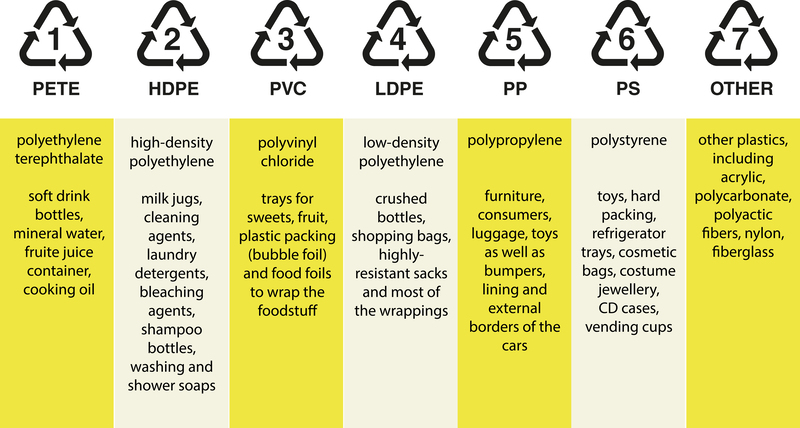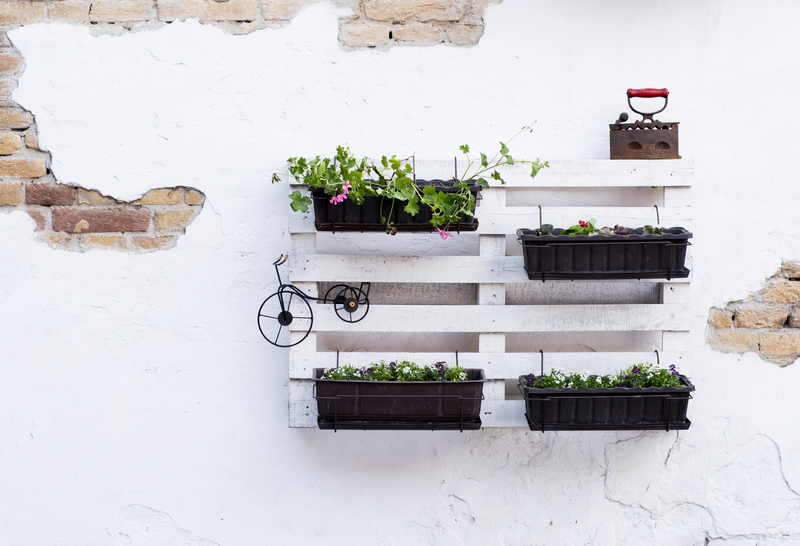Empower Your Clean Slate: Hoarder Clean Up and Clutter Removal Tips
Are you staring at piles of clutter and feeling overwhelmed? You're not alone. Hoarder clean up and effective clutter removal are central to creating spaces that empower and refresh you. Whether you're helping a loved one or reclaiming your own space, this comprehensive guide will arm you with actionable steps and professional advice. Let's break the process into manageable parts and restore balance and comfort to your living environment.

Understanding Hoarding Disorder and Chronic Clutter
Hoarding disorder is a recognized condition characterized by persistent difficulty discarding or parting with possessions, resulting in amassed clutter that disrupts one's ability to use living spaces as intended. Not everyone who struggles with clutter qualifies as a hoarder--they may simply lack effective organizing systems or time--but understanding the distinctions is vital for choosing the right approach to hoarder cleanup.
- Hoarding disorder often intertwines with emotional and psychological challenges, making non-judgmental support fundamental.
- Chronic clutter may not be tied to psychological distress but still harms daily life.
Signs That Indicate Hoarding
- Excessive accumulation of items, even valuable ones, with no obvious purpose
- Impacted ability to use rooms for their intended functions (blocked ovens, bathrooms, or beds)
- Severe difficulty discarding things due to perceived need or sentimental attachment
- Distress or conflict over removal of possessions
Step One: Prepare for Hoarder Clean Up
Effective clutter removal begins with a clear plan and compassionate mindset. Before launching into any clean-up, it's important to establish goals, boundaries, and enlist necessary support.
Assemble a Support Team
- Recruit patient, understanding helpers--friends, family, or professional organizers
- If mental health issues exist, consider enlisting a therapist or counselor experienced with hoarding
Gather Supplies
- Heavy-duty trash bags
- Sturdy boxes for sorting
- Protective gloves and masks
- Cleaning supplies (disinfectants, sponges, dusters)
- Labels or colored stickers
The Clutter Removal Method: Sorting and Decision-Making
Decluttering a hoarded home can feel overwhelming. The key is to break the process into manageable chunks and implement a zone-by-zone strategy.
The Four-Box Sort
Use four labeled containers or zones for sorting:
- Keep: Essential items for daily life
- Donate: Usable items someone else might value
- Sell: Valuable belongings to part with for profit
- Trash: Broken, soiled, or expired items
Start Small and Celebrate Progress
- Choose one small area to start--like a single shelf or drawer
- Set a timer (15-30 minutes), pause when time is up
- Celebrate each accomplishment--progress builds motivation!
Decision-Making Questions for Clutter Removal
Deciding what to keep or let go can trigger anxiety, especially for those struggling with hoarding behaviors. Here are helpful questions to ask for each object:
- Have I used this within the past year?
- Does this item safely serve its intended purpose?
- Do I have duplicates?
- Would donating this benefit someone more than keeping it?
- If this item disappeared, would I notice it was gone?
- Does keeping this align with my goals for a fresh, clutter-free living space?
Tip: Avoid handling sentimental items at the outset. Begin with "low stakes" areas to build decision-making muscles!
Room-by-Room Hoarder Clean Up and Clutter Removal Tips
- Kitchen: Remove expired foods, duplicate utensils, non-working appliances. Wipe surfaces and clear countertops.
- Living Room: Sort through piles of magazines, books, and decor. Reclaim seating areas and walkways.
- Bedrooms: Clear clothes from floors, donate unworn apparel, organize accessories and linens.
- Bathrooms: Safely dispose of expired medications and cosmetics; minimize toiletries to those in regular use.
Maintaining Your Clean Slate After Hoarder Cleanup
A once-off cleanup isn't enough for lasting change. Establishing habits and systems ensures your decluttered space stays that way.
How to Prevent Re-Cluttering
- The "One In, One Out" Rule: For every new item brought in, remove another.
- Designate a specific place for everything. If it doesn't fit, reconsider if you need it.
- Schedule regular mini-decluttering sessions--5-10 minutes daily or weekly.
- Resist the urge to keep items "just in case."
Professional Hoarder Clean Up Services: When to Call for Help
In some scenarios, especially with extreme hoards, it's critical to consult seasoned hoarder cleanup specialists or junk removal companies. These professionals bring expertise in safety, biohazard handling, and logistics. They're also trained to approach situations with compassion and confidentiality.
- If pathways or exits are blocked
- There are biohazards (mold, vermin, spoiled food)
- You feel emotionally or physically overwhelmed
*Remember: hiring expert clutter removal professionals is an investment in your well-being and safety.*
Emotional Self-Care During Clutter Removal
Decluttering--especially in hoarding contexts--touches deep emotions and memories. Self-care isn't optional:
- Take frequent breaks. Only tackle as much as you can emotionally handle.
- Celebrate small victories: a clear counter, an accessible doorway.
- Seek support groups, online forums, or licensed counselors during tough moments.
- Practice self-compassion--recognize that progress, not perfection, is the goal.
Responsible Disposal After Hoarder Clean Up
Once you've sorted and categorized your belongings, responsible disposal is key. Ethical handling of items minimizes landfill waste and gives back to your community.
- Donate gently used goods to local charities or nonprofits
- Recycle electronics, paper, and metals at local facilities
- Sell items in good condition via resale shops or online marketplaces
- Contact your municipality for guidance on hazardous materials disposal
Safety Tips for Hoarder Clean Up and Junk Removal
- Wear gloves, masks, and protective clothing--hidden hazards like sharp objects and mold are common
- Work in pairs, especially when moving heavy or cumbersome items
- Keep first aid supplies handy
- Ventilate the space by opening windows and doors
- If you encounter critters or suspicious substances, call in professional help
Clutter Removal and Mental Health: Building Lasting Change
Hoarding often stems from, and exacerbates, mental health struggles. Combating it effectively isn't just about removing stuff--it's about building new routines and mindsets. Here's how to weave well-being into your clean slate:
- Work with a mental health professional to address underlying causes of hoarding
- Encourage gradual desensitization: as living spaces open up, anxiety may lessen over time
- Substitute new, positive activities for shopping or acquiring items
- Recognize the emotional significance of possessions, but prioritize health and safety
- Document progress with before-and-after photos for motivation

Frequently Asked Questions About Hoarder Clean Up
How long does hoarder clean up take?
The timeline varies greatly based on the severity of clutter, the size of your space, available help, and emotional readiness. A single room may take a weekend, while a full-home hoarder cleanup can last weeks or months.
Can friends or family help with clutter removal?
Absolutely, as long as the help is supportive and nonjudgmental. Emotional safety is paramount.
Is it ever too late for clutter removal in hoarder homes?
It's never too late to reclaim your space! Every step, no matter how small, is progress toward a healthier, happier home.
Empower Your Clean Slate: A New Beginning
Clutter removal and hoarder clean up are more than just tossing items--they're about rediscovering the sanctuary within your home and mind. Empower yourself by taking the first step, whether it's cleaning a single drawer or calling in a professional hoarding cleanup team. Remember, you deserve a peaceful space free from the weight of excess belongings.
Key Takeaways
- Start small: Focus on achievable goals to build momentum
- Seek support: Emotional and physical help makes the process easier
- Dispose ethically: Donate, recycle, and discard responsibly
- Embrace maintenance: Regular habits keep clutter away
- Prioritize well-being: A clutter-free space supports your mental health
Empower your clean slate--begin your clutter removal journey today and experience the transformation of your space, your mood, and your life.